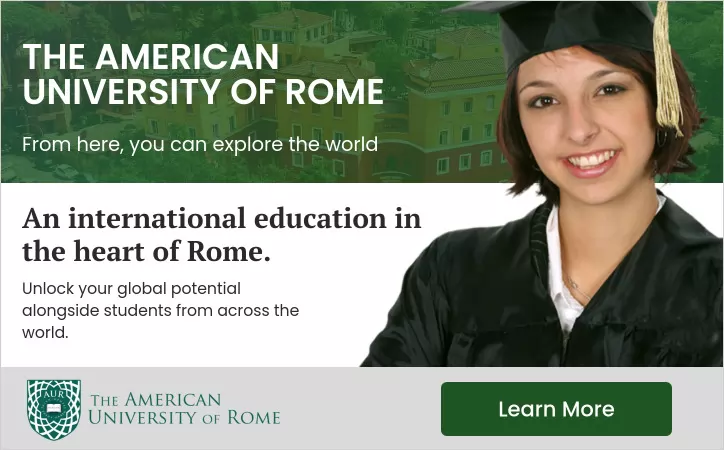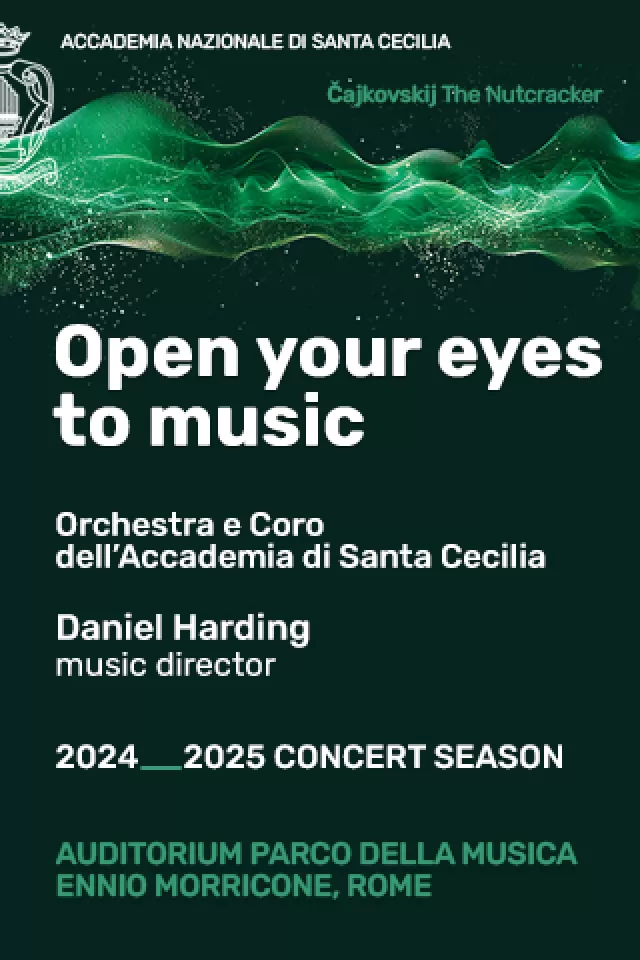The Borgias power and might
The papacy has always been big business. It was so particularly in the late Middle Ages, through to the high Baroque. In the old world it owned vast lands producing vital raw materials, it made wars to gain even more territory, it speculated in urban renewal, levied taxes, had the faithful buy indulgences continuously, and gained constant income from tourists the pilgrims who flocked to Rome specially during the holy years.
So it was no wonder that the wildly ambitious Borgia family from Spain, already wealthy in its own right, came to Rome in the middle of the 15th century to buy and barter its way into ecclesiastical power. Alfonso Borgia became Pope Callistus III in 1455, and in 1492 his nephew Roderigo came to power. This was the notorious Alexander VI, who grew into the quintessential Renaissance pope lusty, scheming, ruthless consolidating his family power by hook or by crook. He had four children by Vannezza Cattanei his lifelong friend, who for appearances sake he married off to one husband after another and another four by other women.
When his first-born by Cattanei, the Duke of Gandia, was washed up dead by the Tiber one fine morning, Alexander bestowed his hopes on his next son, Cesare. A cunning intriguer, stealthy and astute, he first became a cardinal, and later terrorised whole countrysides as a military leader. After his fathers death, however, he lost his power, was imprisoned in Spain and died there. His brothers death, and that of many of his enemies by poison, have been laid at his door. But in those times of poor medicine you should also make allowances for a great deal of undiagnosed malfunctions.
Alexanders daughter Lucrezia Borgia, a bright young girl steeped in the learning and culture of her time, worked with her family, using marriage as a political tool. She first married one of the aristocratic Sforza of Milan, but when his family failed to deliver promised alliance or lucre the marriage was annulled. When the second husband, the Duke of Bisceglie, could do no better, he was eliminated by Cesare. So was her lover Perrotti, a papal legate. But her third marriage, to the duke Alfonso DEste of Ferrara, was a success. During the frequent absences of Alfonso at war, she became the brilliant administrator of his dukedom. They had seven children. One of the most learned women of her time, she governed wisely until her death at 39, then considered a ripe age for a childbearing woman.
No wonder the Borgias shameless amassing of riches, their sex life, the involvement of their children in power games and murder, their life of luxury, were first attacked by Savonarola, the monk who thundered in public against them in Florence and was hanged and burned there by Alexander in 1498.
But though the sins of the Borgias make aberrant churchmen of today look insipid by comparison, their reign was not in vain. In their period spanning the turn of the 15th century, they were busy with urban renewal, building roads and palaces, digging up antique statues. But in the end a popes reign is often defined by the art it produced. We will always remember the Borgias for the richness of their Vatican apartments. We owe them the cycle of frescoes by Pinturicchio, Peruginos pupil. He decorated their chambers with pictures whose invention and accurate naturalism open up an airy world of contemporary manners, gestures and history.
Because the show at Palazzo Ruspoli is rich in other works by Pinturicchio and those of other artists commissioned by the Borgias, and because it makes plain the crucial passage from the 15th century to the 16th century, it is worth your while. You have the long, intricate, predella-like panel by Ferrarese Ercole de Roberti, peopled by pages in neat red hose, illustrating a male court life. There are interestingly composed Botticellis, works by Benozzo Gozzoli and Cellini, a Mino da Fiesole marble relief with a Christ child. There are the earlier, still mediaeval panels by Giovanni di Ser Giovanni, Masaccios brother, and works by the later Titian. Here is Titians The birth of Adonis, a dreamy long panel still in the manner of Giorgione. The mystery of this dusky landscape in the last lingering light of the setting sun takes your breath away. The array of late mediaeval and early renaissance masterpieces encapsulated in this show make it a must. And encapsulated they are indeed.
The lawyer Roberto Memmo, whose foundation has organised exhibitions in Palazzo Ruspoli for years, once remarked to an eminent critic: With these I wish to leave a mark in Rome. Alas he has. Most of his blockbuster shows, distinguished by great art treasures, have been swamped by over-designing. They always look as if the organisers had no faith in the art they present, much less in the sensibility of the viewer.
Here there are walls full of mediaeval-looking spikes made of foam rubber, halberds, swords, metal guards for man and horse. Pottery, manuscripts of papal bulls, bones, coffers, clothes and shrill alarm systems all do their best to distract you from the art. But the fine Pinturicchios and wonderful compositions ensconced in confusing display are still a must. And there is always that Titian.
Palazzo Ruspoli, Via del Corso 418, tel. 066874704.
09.30-20.30, Thurs-Sat 09.30-22.30. Until 23 Feb 2003.

















